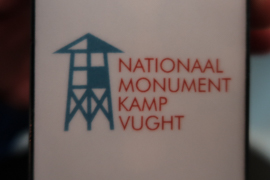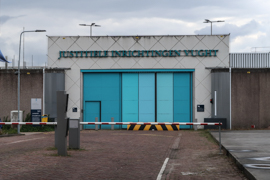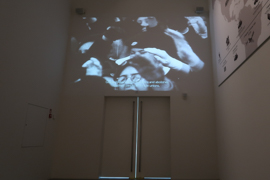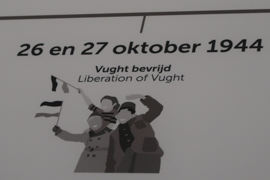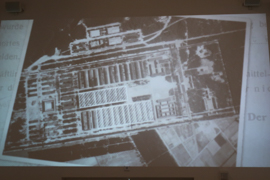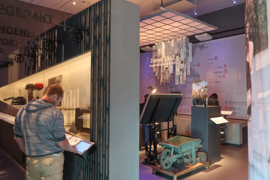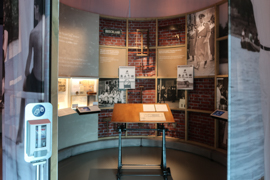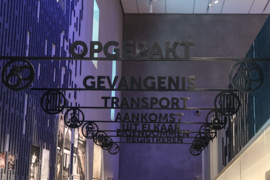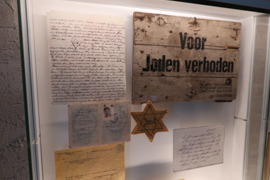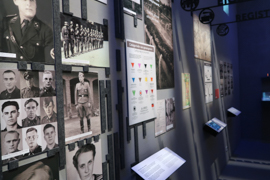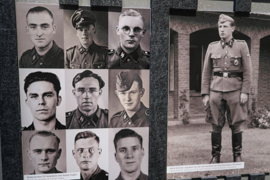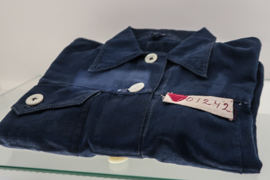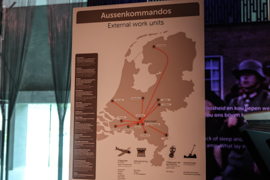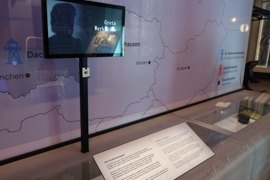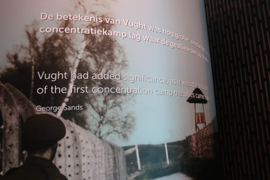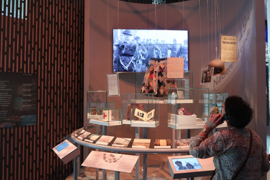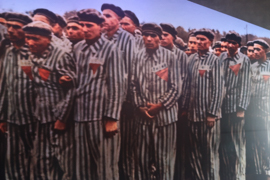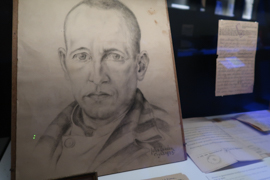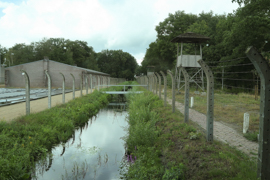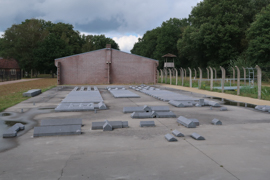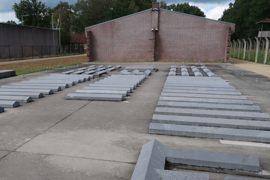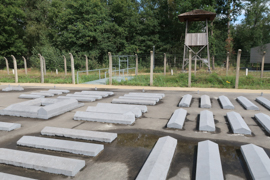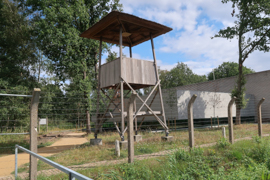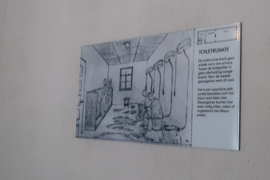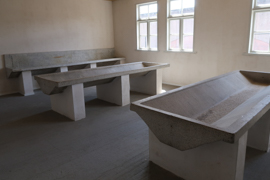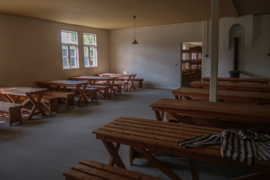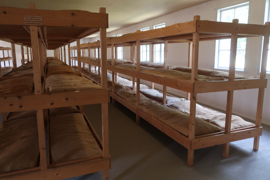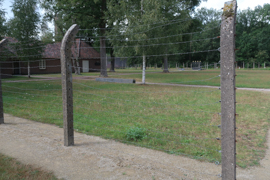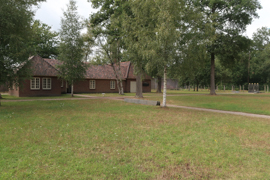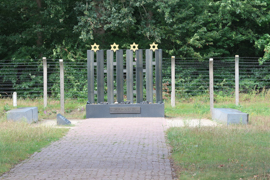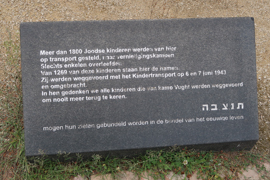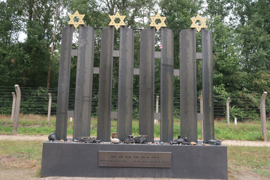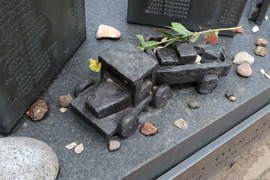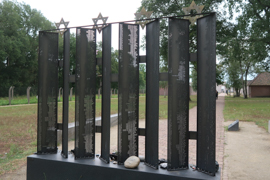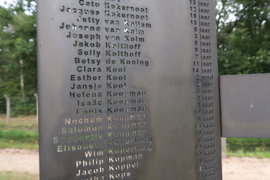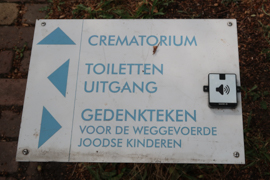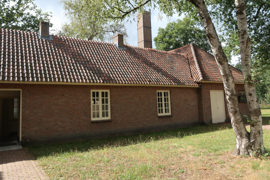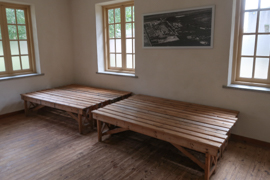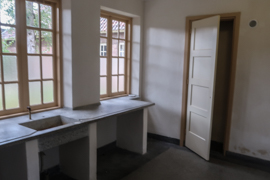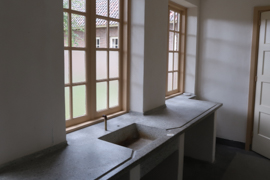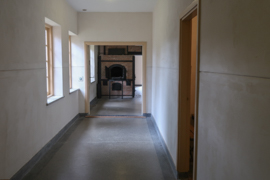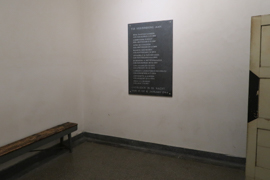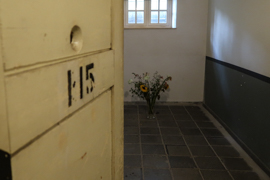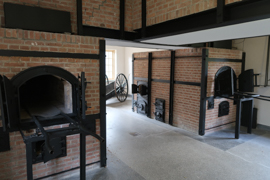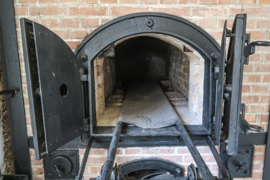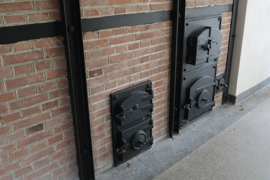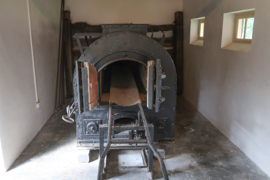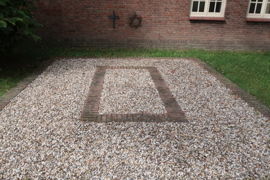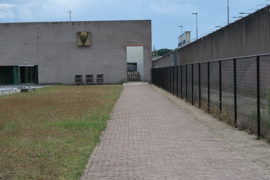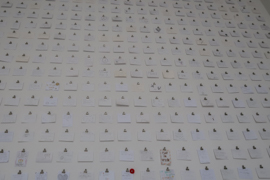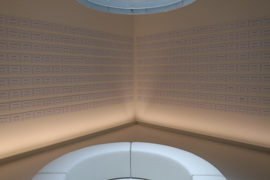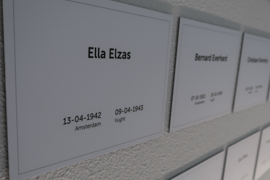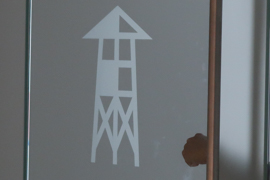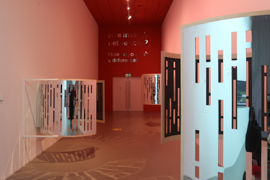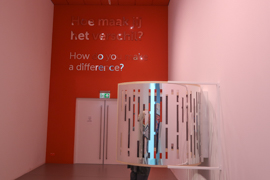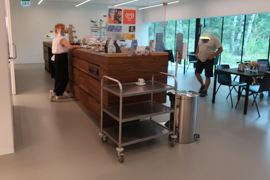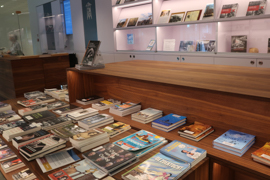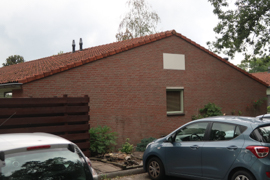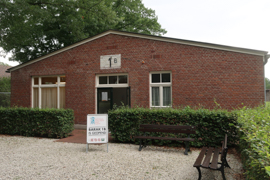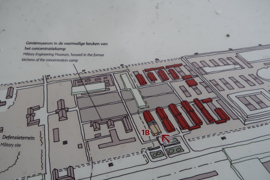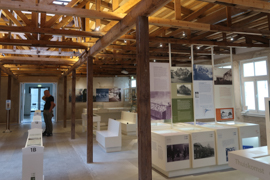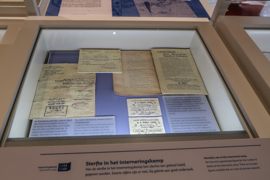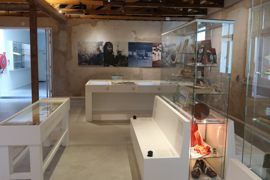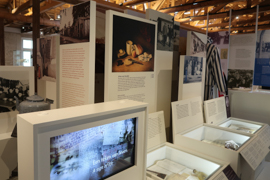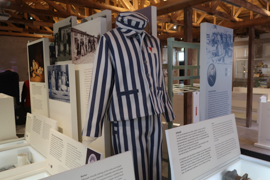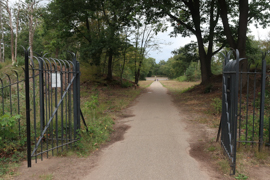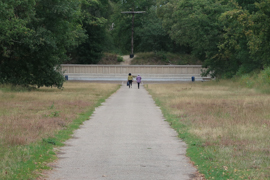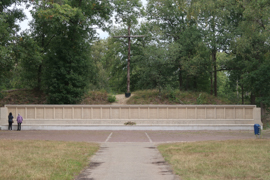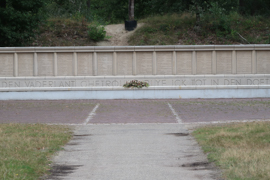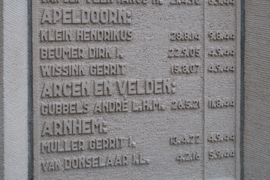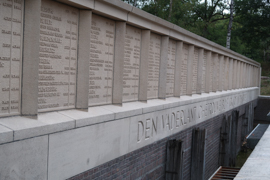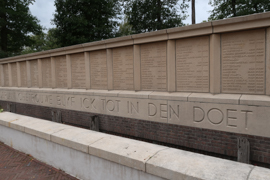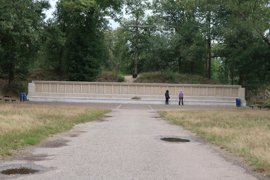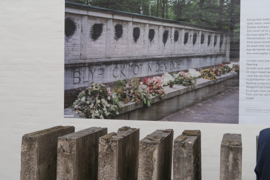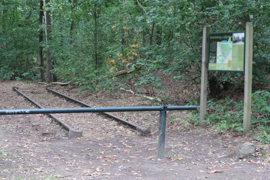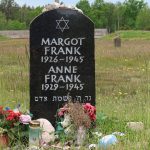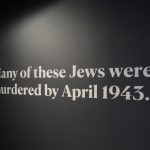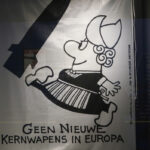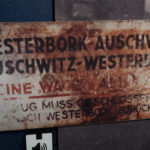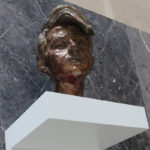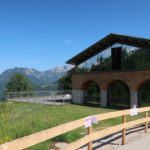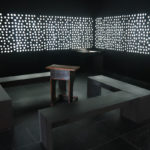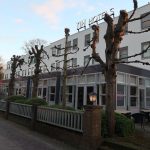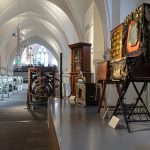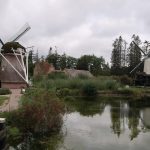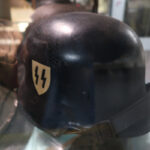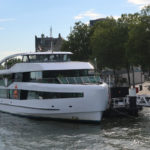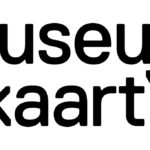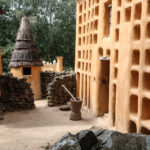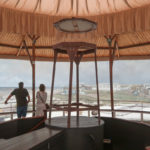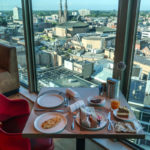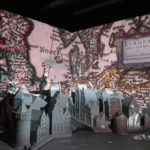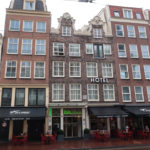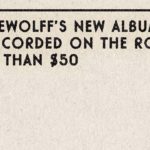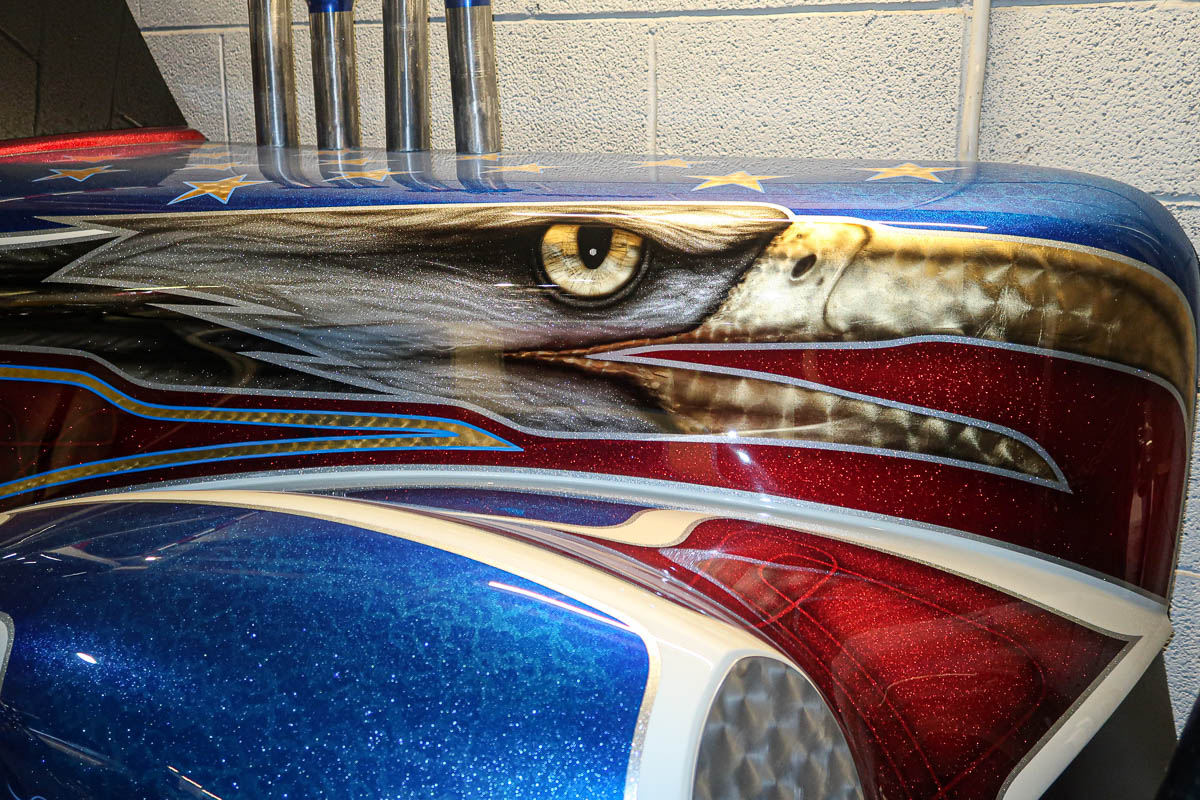National Monument Camp Vught
11 EUR
Flyctory.com Pros
- Very illustrative and well done museum and outdoor exhibition
- Still existing Barrack 1B
The National Monument Camp Vught – or Konzentrationslager Herzogenbusch, which has been the German name during the Nazi era – is likely the most illustrative place about cruelties on the Netherlands during the second world war. It has also been a place which is undeniably linked to the systematic murder of people, including children. 31,000 people have been detailed in here, many transported on to locations like Auschwitz. Nowadays, the former concentration camp is a museum. I visited it in late summer 2020. The full Dutch name is Nationaal Monument Kamp Vught – “National Monument Camp Vught”.



Camp Vught – Location & Admission
Camp Vught is located on the Northwest side of the city of Vught, which is located South of s’-Hertogenbosch. You most easily access the museum and memorial by car or bicycle. Most of the original sites have been turned down or used for other purposes – a major part of the former concentration camp is a prison nowadays, which I feel to be a bit of doubtful.
The national monument and memorial museum is opening from 10:00 to 17:00hrs, Sunday to Friday. On Saturdays and national holidays, the museum opens at noon. Barack 1B is opening on Wednesdays, Saturdays and Sundays from noon to 17:00 hrs. Adult admission is eleven Euro. It includes the audio guide. Camp Vught accepts the Museumkaart.

Camp Vught – Museum
Before you reach the reconstruction of the concentration camp, you visit the museum. The site has a relatively short active history under Nazi regime. It has been opened as a concentration camp in January 1943 and liberated in late October 1944. The museum is not overwhelmingly large, but very well done and illustrative. You learn a lot about the pogrom against unwanted inhabitants, majorly Jews, but also about life in the camp and how the camp has been organized and linked to other Nazi facilities like the Transit Camp in Westerbork.
















During the whole visit, you get additional information by an audio guide. Especially due to the many testimonials, videos and items in display, this is really helpful. The audio guide is also later working in the camp grounds.









Camp Vught – Concentration Camp Grounds
To me, visiting the grounds themselves (even knowing that it is majorly a reconstruction) has been very impressive – and depressive. The camp ground majorly feature the Northern part of the former concentration camp. One of the first sites you see is a model about the sheer size. The first building you enter is a reconstructed barrack. The simple bedding and the sanitary facilities are very illustrative. The national monument does a great job to explain the cruelties.
















Camp Vught Children Transports
The darkest moment of the history of Konzentrationslager Herzogenbusch are likely the children transports on 6th and 7th June 1943. For that reason, 1,269 names of children, which first have been brought to Westerbork and from there brought to Sobibor, where they have been killed, are engraved into a metal memorial.








A very impressive part of the visit is of course the visiting the building which also hosted the crematory. As on the whole outdoor part of the concentration camp, the rooms and their functions are very well explained. At the backyard of the building, there is a mass grave which is made up of human remains found after the liberation.




















Back into the museum
Heading back into the museum, there are several rooms of remembrance. You also have some more testimonials of former Vught prisoners.









Camp Vught – Museum Site Services
The museum is also driving a cafe and a museum shop, which is especially holding a lot of literature about the Nazi era in the Netherlands.


Camp Vught – Barrack 1B
After its liberation, the camp has a very moving history. First of all, the Allied used it as internment camp. Later, soliders from the Moluccas have been brought there and finally found home. The only building still originally existing from the Nazi times, Barrack 1B, is illustrating the history of the camp from the Nazi times to nowadays. Very often an exhibit is focusing on a certain topic (like religion) and then illustrated how Camp Vught evolved in that over time. Unfortunately, teh Barrack 1B opening times are a bit limited, but I would absolutely recommend to visit it as well.














Camp Vught – Memorial Sites
There are multiple additional memorial sites around Camp Vught. The most important is the Fussiladeplaats, the former execution site. The original memorial stones have been vandalized, you find them on the museum grounds nowadays. They have been replaced with new stones. The execution site is some 15 minutes walk away from the museum, which is providing maps.













There are also some places, where you can find rail tracks originally leading into the camp. One is easy to spot when you access the execution site by car.


Camp Vught – My View
The team of the Nationaal Monument Kamp Vught did a great job. The exhibition is illustrative and educative. It is absolutely well done, the Barrack 1B is the top of a great visit. If you are around, take the time and visit this amazing place, definitely.
Nazi Germany Memorials
Here are all places memorizing about the cruelties during the German Nazi leadership:

The former concentration camp site at Bergen-Belsen might not be as prominent as Dachau, but it is nonetheless one of ...

The Museum of Jewish Heritage in New York City also calls itself A Living Memorial to the Holocaust. Even though I ...

During the Nazi regency in Germany, the Emslandlager (Emsland Camps) was a group of concentration and detention camps in the Emsland region, ...

It is time for the final posting of the years, simply named The Best Ones 2021. After looking into my ...

The same faith which applies to Oswiecim in Poland (better known under the former German name Auschwitz) is also valid, ...

Auschwitz is a town's name (adopted to German) which you typically link with murder, cruelty, state-organized mass killings, injustice. A ...

A very interesting rebranding: when I started to explore museums in the nearby Netherlands, the Dutch Freedom Museum in Groesbeek ...

It is almost needless to say that Adolf Hitler was obsessed with megalomanic ideas. Apart from ruling the world and ...

Even though the Netherlands capitulated against Germany just after a few days under attack during World War II, they have ...

Nuremberg (or Nürnberg, how it is named in German) has some sort of tough political-historic heritage. Several sites still remember ...

The Weiße Rose / "White Rose" was a resistance group during the German Nazi regime. Mainly consisting of university students, she ...

The Berchtesgadener Land is not only nowadays well-known as a popular tourist destination, there is also a dark part of ...

Nuremberg is deeply linked to the German Nazi regime between 1933 and 1945. The key reason for that are of ...

Especially in the recent past, I read a couple of ridiculous comparisons between certain people and political groups (which I ...

When you think about Nazi Germany murders, you typically think of extermination camps like Auschwitz or the concentrations camps. A ...

Braunau am Inn - the small town right at the Austrian-German border is indeed a picturesque place and a nice ...

On 21st October 1941, the German Wehrmacht slaughtered thousands of civilians in Kragujevac, Serbia, to revenge dead and wounded soldiers ...

The Royal Ontario Museum just feels like an amazing wonderland of topics, a bit of "something for everyone". Did you ...
Netherlands Top Pick!
Here are all postings related to the Netherlands I marked as Top Pick!:

After featuring the rematch of the Netherlands and the Faroe Islands in Almere, Netherlands, I decided it was the better ...

During my most recent trip to Utrecht, I unfortunately did not have too much time to explore the city. Apart ...

I rarely run into rock bands from the Netherlands. The more, I was happy to receive the promo of the ...

A Hilton Hotel just an hour away from my home coming with a special kind of architecture and competitive prices? ...

Roberta John Joni Mitchell is a Canadian-US-American singer-songwriter, who majorly did folk and pop music in her career. She has won ...

What a massive impact weekend for the wonderful Dutch artist Sylvia Aimee: on 30th June 2023, the country-pop artist is ...

The website states that the Nederlands Spoorwegmuseum (also: Het Spoowegmuseum) is the best train station in the Netherlands. In fact, the ...

One of the ten concerts I visited of the Weird Al Yankovic European Tour 2023 was at the TivoliVredenburg in ...

Especially when I visit large places, which demand and deserve a major number of pictures, it may take quite some ...

Quite a while ago, I took a trip to Arnhem in the Netherlands to explore the rich WWII history of ...

A very interesting rebranding: when I started to explore museums in the nearby Netherlands, the Dutch Freedom Museum in Groesbeek ...

Covid-19 felt to be a good opportunity for Esa Holopainen to go solo. Instead of releasing new stuff with Amorphis, ...

Even though the Netherlands capitulated against Germany just after a few days under attack during World War II, they have ...

In 1944, the 101st Airborne Division, called Screaming Eagles, landed North of Eindhoven in the Netherlands. As part of the Operation Market ...

How could a visit of Rotterdam be complete without having a look into the harbor? The Port of Rotterdam is ...

The blue and white porcelain from Delft is a globally well-known brand. While my wife and I spent time in ...

If you are on a city trip, you likely fancy to buy a multi-attraction ticket. There are global companies like ...

The Louwman collection, nowadays driven by the son of founder Pieter Louwman, Evert, is a private collection of oldtimer cars ...

There are not too many museums about African history and culture on the European continent. Thus, the Afrika Museum in ...

I am not really a person who is into paintings and other graphic arts, but without spoiling this review too ...

During a July 2020 trip through the Netherlands, I had two nights at the NH Collection Hotel Eindhoven Centre, right ...

A museum for home computers feels like a technical reflection of my biography. I personally started with an Atari 800 ...

One for the most positive surprises of my early July 2020 trip to Amsterdam and Eindhoven was the Channel Museum ...

With the Covid-19 situation easing and travel restrictions more and more lifted, I was happy to have a trip to ...

At least in the Cologne area where I live, Castle Arcen in the Netherlands, close to the German border, is ...

Some of my hobbies are travelling, civil aviation incl. historic planes and hotels - so having a plane which has ...

10th January 2020 had a couple of interesting album releases. DeWolff from the Netherlands are playing an interesting mix of ...

While there is a boom in local modern country music in the United Kingdom, there is still quite some development ...

Just one week after I had seen Lauren Jenkins together with Jilian Jacqueline and Gary Quinn at the YUCA in ...

